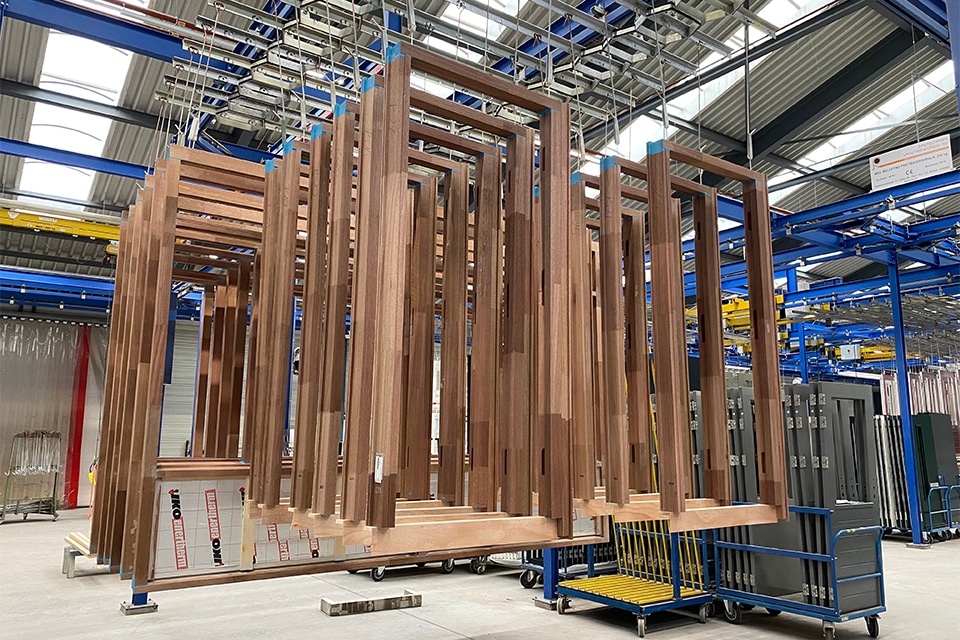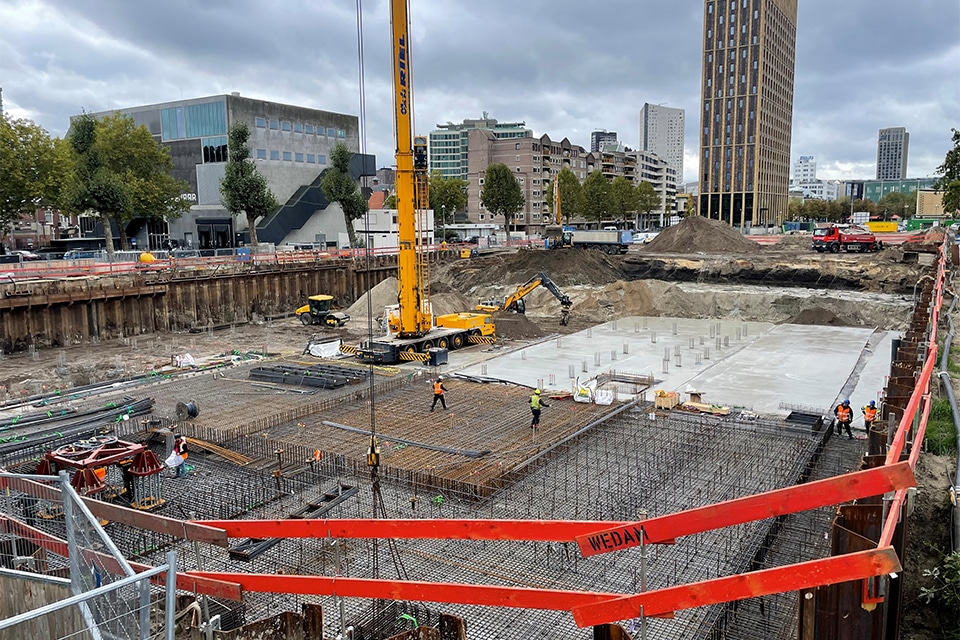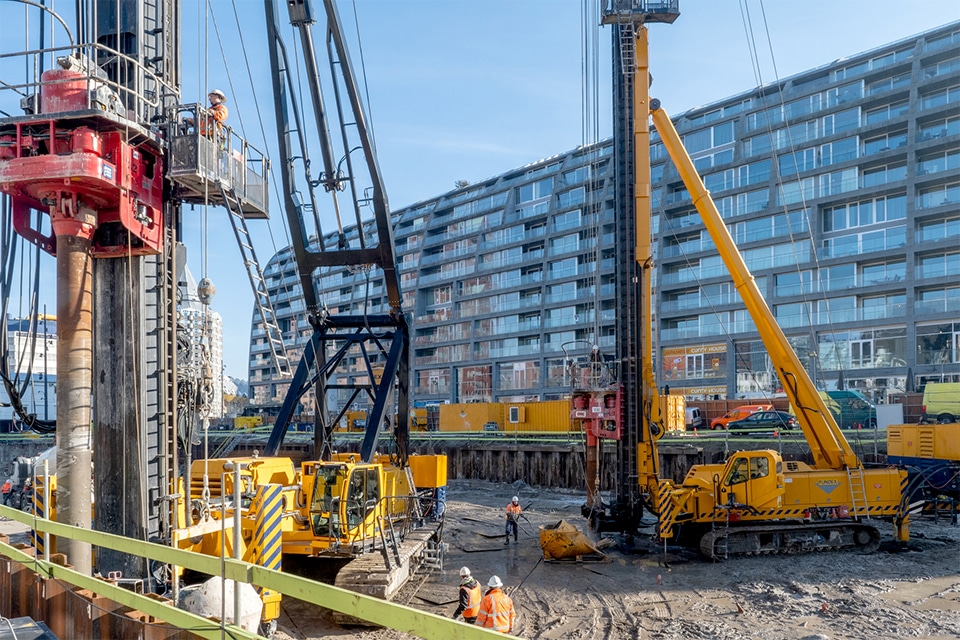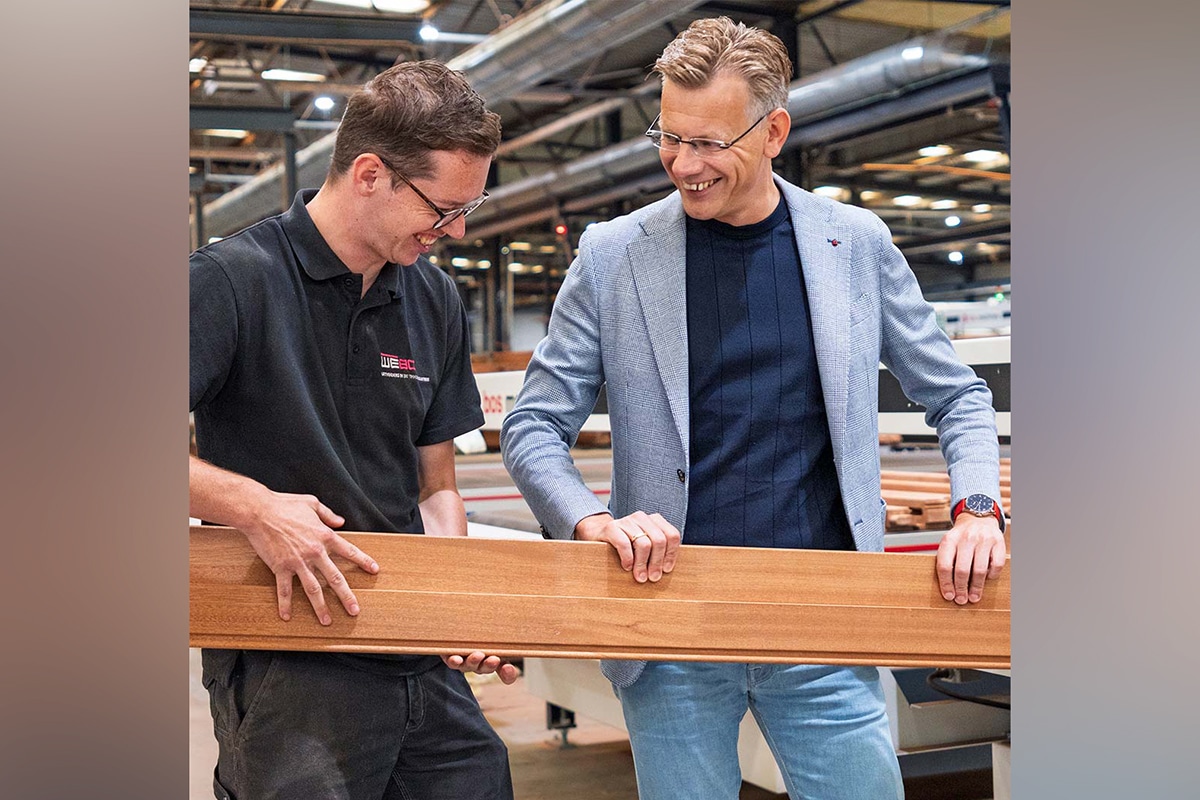
Minimal consumption, high comfort and maximum control
Adaptive and demand-controlled ventilation system for apartment buildings
Because of the scarcity of available building land in major cities, more and more developers, investors and developing builders are choosing to go upscale. Moreover, in order to keep urban living affordable, we are seeing homes becoming smaller and smaller. Apartments of 60 m2 or less are no longer the exception and require smart layouts as well as space-saving solutions. Ned Air contributes to this with SkyFlow: an adaptive and demand-controlled ventilation unit for stacked housing construction, which combines high comfort, good moisture regulation and exactly the right amount of clean and fresh air with easy maintenance and a compact design.

Maximum layout freedom
SkyFlow concerns a compact and lightweight ventilation unit with an adjustable damper section. "Depending on the ventilation requirement, each apartment is equipped with two or three damper modules, which can be mounted very easily and in all possible ways," says Hans Robben, commercial director of Ned Air. "Both on the wall and on the ceiling. This keeps the floor free of obstacles and architects and residents are completely free in their room layout and design."
Ample fresh air
At the apartment level, there is a choice of a 1-zone or 2-zone system. "SkyFlow includes respectively two or three valve modules including a volume control, which can easily be placed between the ventilation supply and exhaust," says Robben. "Thanks to the addition of temperature, CO2 and relative humidity sensors, demand-controlled ventilation can then be provided per zone." The valve module of the SkyFlow system has a connection diameter of 160 mm. "The system can refresh over 400 m3/h, which is more than sufficient for most Dutch apartments. Because there is no fan and filter, the system operates very quietly. This is another big advantage in smaller homes, where residents experience noise pollution more quickly."


Remote monitoring and adjustment
SkyFlow can be combined as desired with Ned Air's new and existing air handling units and those of other suppliers. From indoor units to outdoor units, Robben says. "When choosing the Ned Air EveryLine or RotorLine, a complete ventilation system is created, which can be easily accessed and monitored online and remotely. The system can also be adjusted remotely."
Minimal energy consumption
To keep energy costs under control, Ned Air has designed a ventilation unit that allows demand-driven ventilation. For example, based on clock times, relative humidity, temperature or CO2, ensuring that no more is ventilated than necessary. "We also closely coordinated the control of the SkyFlow ventilation unit in the apartments and the EveryLine and Rotorline air handling units," Robben said. "As a result, we know exactly what valve positions the ventilation units are in and can vary air volumes (air pressures)." In most cases, there is a constant-pressure system. "The closer a valve is, the more pressure it takes," he illustrates. "Instead, we actually control the valve to open a little further, while reducing the pressure. In terms of occupant comfort, this makes no difference at all, while energy consumption goes down significantly. This technique in particular makes SkyFlow unique."
No maintenance behind the front door
Another unique feature is that SkyFlow's air filters are not placed in the valve modules themselves, but in the central air handling unit, Robben concludes. "This makes the system in the homes basically maintenance-free. The scheduling of separate maintenance appointments is not an issue, resulting in significant savings in time and costs. The building owner remains fully in control, while residents are assured of clean and fresh air at all times."
Heeft u vragen over dit artikel, project of product?
Neem dan rechtstreeks contact op met Ned Air.
 Contact opnemen
Contact opnemen



